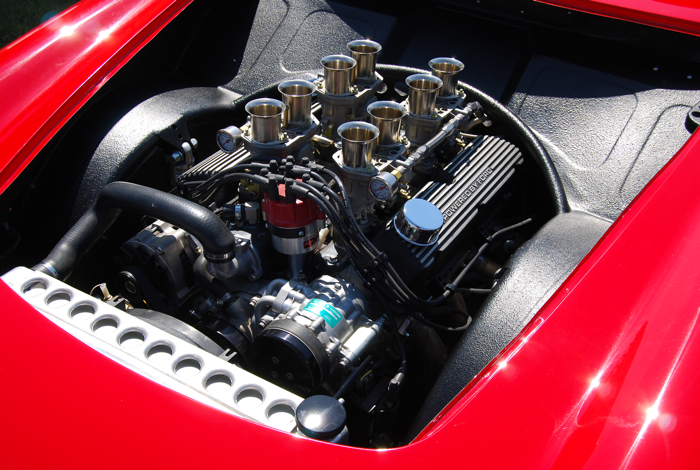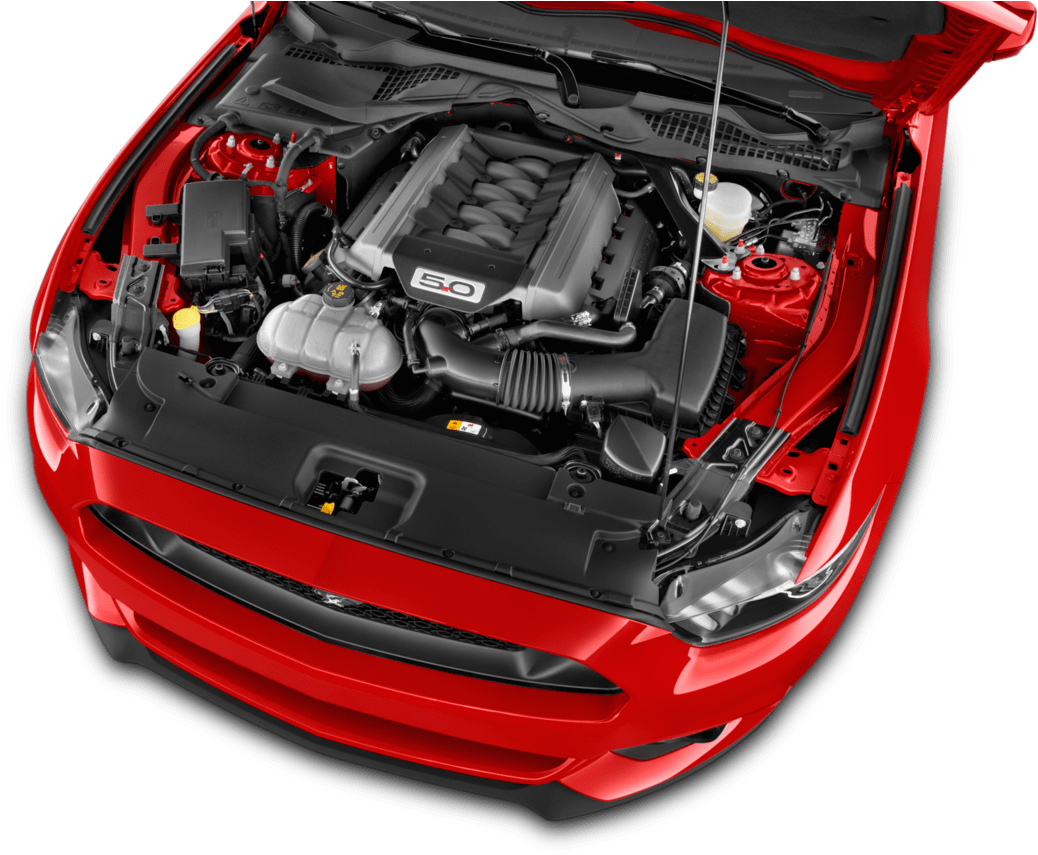Effective and Effective Tiny Cars and truck Motor Efficiency Evaluation
Examining the performance of small car electric motors is a nuanced task that calls for a keen eye for information and a deep understanding of vehicle engineering concepts. The equilibrium in between effectiveness and power is essential for delivering a driving experience that is both affordable and satisfying when it comes to small vehicles. By analyzing key metrics such as horse power and torque, in addition to evaluating fuel effectiveness, we can reveal insights into just how small auto engines can be optimized for peak efficiency. Additionally, checking out future fads in small cars and truck electric motor technology guarantees to reveal innovative techniques that can reshape the landscape of automobile engineering.

Tiny Vehicle Electric Motor Efficiency Metrics
In assessing the efficiency of small car electric motors, key metrics such as velocity, fuel efficiency, and power result play a vital function in determining their overall performance and suitability for various driving conditions - opel corsa engine. By examining these performance metrics thoroughly, manufacturers, motorists, and automotive lovers can make informed decisions pertaining to the choice and optimization of tiny vehicle electric motors to meet their particular needs and preferences.

Horse Power and Torque Analysis
With a basic duty in comprehending tiny automobile electric motor efficiency, torque and horsepower evaluation offers insight right into the engine's power distribution qualities. Horse power is a dimension of the engine's ability to do work over time, representing the rate at which job is done. In the context of tiny vehicle motors, horse power is crucial for identifying velocity, leading rate, and overall performance. Torque, on the other hand, determines the engine's rotational pressure, showing its ability to conquer resistance. Little auto engines with higher torque values usually really feel a lot more receptive and provide better acceleration, making them suitable for city driving and surpassing maneuvers. When examining horsepower and torque in little vehicle electric motors, it is necessary to think about how these metrics connect to deliver a balanced and efficient driving experience. By understanding the partnership between horse power and torque, auto engineers can optimize engine performance to meet the particular requirements of small auto applications.
Fuel Efficiency Evaluation
The evaluation of gas performance in tiny vehicle motors plays an essential role in establishing their financial and ecological impact. Gas performance refers to the ability of a vehicle to utilize fuel properly in regard to the range traveled. In tiny cars and truck electric motors, where small size often associates with much better gas economic situation, numerous factors affect efficiency. Engine layout, weight, aerodynamics, and driving conditions all add to just how efficiently fuel is eaten.
Small car electric motors that attain higher MPG ratings are taken into consideration more fuel-efficient, resulting in price savings for vehicle drivers and reduced emissions that profit the setting. Makers continuously strive to improve gas performance via improvements in engine innovation, lightweight products, and aerodynamic designs.

Optimizing Tiny Automobile Engine Efficiency
Enhancing the performance of tiny car engines is critical in optimizing performance and minimizing functional expenses. Optimizing tiny automobile engine performance entails a holistic approach that takes into consideration different factors such as engine style, fuel monitoring systems, and general lorry dynamics. One key click to read more element of optimizing engine efficiency is guaranteeing appropriate maintenance timetables are adhered to, consisting of regular oil adjustments, filter replacements, and ignition system inspections. Furthermore, tuning the engine to operate at its peak performance can considerably boost overall efficiency.
An additional important variable in maximizing little automobile engine efficiency is the use of advanced modern technologies such as turbocharging or hybrid systems. These technologies can enhance power output without endangering fuel performance, offering an equilibrium in between performance and economic climate. Additionally, optimizing engine performance likewise entails improving burning efficiency, lowering frictional losses, and Continue improving thermal monitoring systems.
Future Trends in Small Auto Motors
Due to progressing vehicle innovations and the continuous search of ideal small vehicle engine performance, an exploration of future fads in small auto motors ends up being necessary - opel corsa engine. One popular pattern coming up is the raising combination of electric powertrains in tiny cars. As the automotive industry changes towards sustainability and reduced discharges, even click more tiny auto manufacturers are buying electric motor innovation to improve effectiveness and ecological friendliness
One more significant pattern is the advancement of smaller yet a lot more powerful turbocharged engines for little autos. By downsizing engine capacities and integrating turbocharging technology, automakers can attain higher power results while keeping fuel efficiency. This pattern lines up with the growing consumer need for small autos that supply a dynamic driving experience without compromising on gas economic situation.
Furthermore, the emergence of crossbreed powertrains in little automobiles is anticipated to get traction in the future. Hybrid systems supply the benefits of both internal combustion engines and electrical motors, giving better performance and fuel performance. As advancements in battery technology proceed, little vehicle motors are most likely to end up being a lot more powerful and efficient, catering to the evolving requirements of customers and regulative demands for cleaner transportation options.
Final Thought
To conclude, the evaluation of small car electric motor efficiency metrics such as gas, torque, and horse power effectiveness is vital in enhancing engine performance. By evaluating these factors, manufacturers can improve the general performance and power output of small auto motors (opel corsa engine). Future patterns in tiny automobile electric motors are likely to concentrate on improving performance while maintaining gas effectiveness, guaranteeing that small cars proceed to be a reliable and cost-effective option for customers
By examining vital metrics such as horse power and torque, as well as reviewing gas efficiency, we can uncover insights into how small vehicle engines can be maximized for peak performance. Maximizing tiny car engine performance entails an alternative approach that considers various elements such as engine design, fuel management systems, and overall car dynamics.In light of advancing vehicle modern technologies and the continual search of optimum tiny car engine efficiency, an expedition of future patterns in little automobile motors becomes vital.In verdict, the analysis of little cars and truck electric motor performance metrics such as fuel, horsepower, and torque effectiveness is vital in enhancing engine efficiency. Future patterns in little vehicle motors are most likely to concentrate on improving performance while keeping gas efficiency, ensuring that tiny cars and trucks continue to be a cost-effective and reputable choice for customers.
Comments on “Where to Locate the very best Opel Corsa Engine for Replacement”